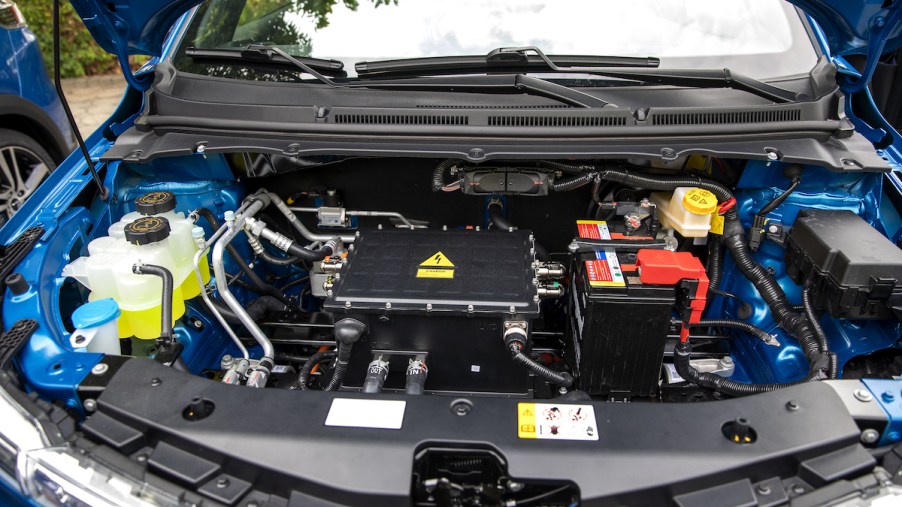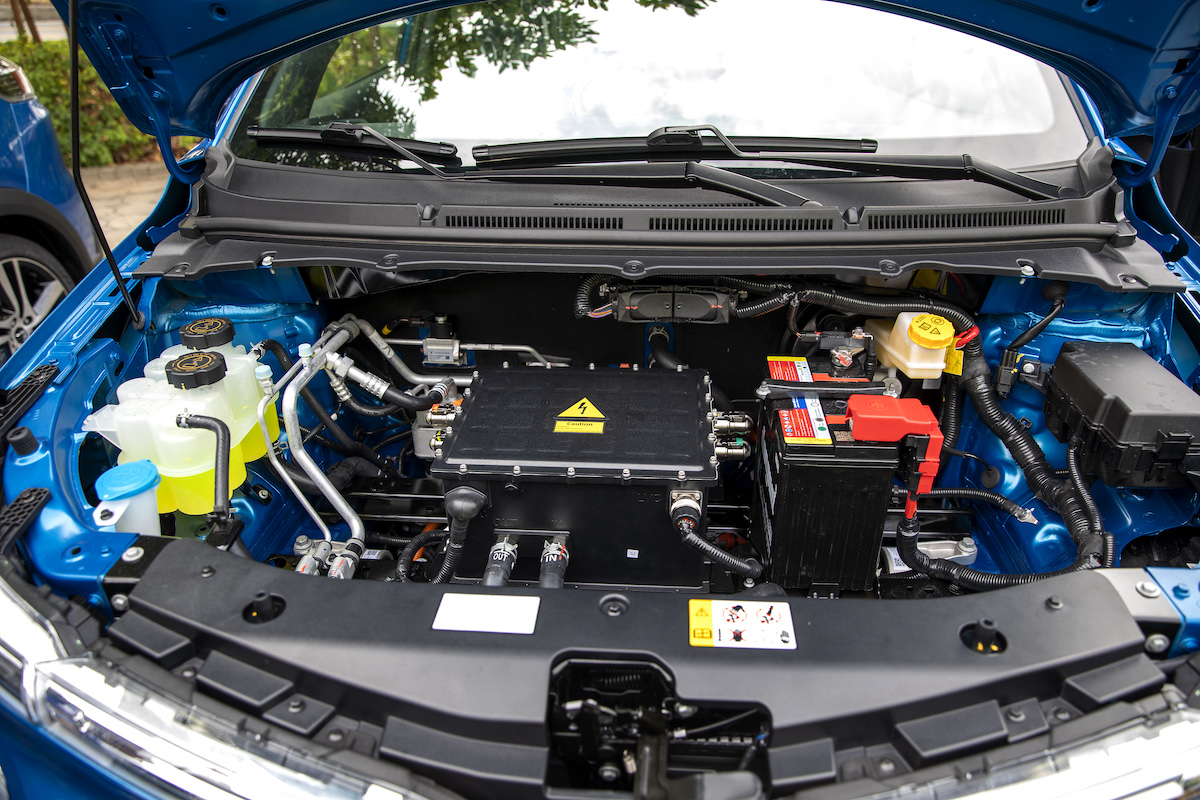
7 Car Fluids That Electric Vehicles (EVs) Still Need
EVs are becoming increasingly popular, leading many consumers to wonder how their maintenance needs differ from those of internal combustion engine (ICE) cars. There are some significant differences between the two vehicle types, but they also have many similarities. One thing EVs and ICE models have in common is the need for specific fluids. Wondering which fluids apply to both? (Hint: Oil isn’t one.) Read on to find out.
Brake fluid

Motor and Wheels has laid out the basics of which fluids you can expect your EV to use, and brake fluid is one. It’s used in hydraulic brake and hydraulic clutch applications in electric vehicles. Of course, it’s important to note that EVs’ brakes likely get less use because of regenerative braking. That means you might not notice your vehicle is low on brake fluid until it’s too late. So it’s crucial to keep an eye on brake fluid levels even in an electric car.
Coolant
Coolant is necessary to keep your vehicle’s temperature in check, whether in an EV or a gas-powered car. “The thermal management needs of the latest e-motors and batteries are already significant, but they are expected to increase as manufacturers employ even larger batteries and as charging speeds of those batteries continue to increase,” Lubes’N’Greases explains. “Mechanisms for thermal management are still very much in a state of change, but the use of coolants to transfer heat is already one of the main approaches and is expected to remain so.”
Grease
Just because EVs don’t use engine oil doesn’t mean they don’t need grease. That’s because electric cars still have moving parts requiring lubrication to prevent excessive wear and tear.
Steering fluid
Steering fluid is necessary only to power hydraulic power steering, which is becoming less common in the automotive industry. Newer vehicles are likelier to feature electronic power steering. Nevertheless, you still might come across an EV that requires steering fluid. And when you do, you’ll want to ensure it stays at an appropriate level.
Transmission fluid
You might have to change the transmission fluid in your multi-speed or direct-drive transmission during your electric vehicle’s life. But it’s difficult to say how often this maintenance might be necessary because these fluids are usually designed for long life, and auto manufacturers set different expectations. So consult your EV’s owner’s manual.
Thermal fluid
It’s no surprise that batteries heat up when they’re doing the work of powering electric vehicles. That’s why you need a way to cool them. That’s where thermal fluid comes in. As with a traditional gas-powered car, you want to ensure your EV’s battery doesn’t overheat.
Windshield wiper fluid
This solution functions the same in an EV or ICE vehicle. Keeping your car’s windshield free of dirt, grime, and streaks provides a safer driving experience. So it’s always a good idea to keep an eye on your windshield wiper fluid level. The last thing you want is to run out when you need it most.
So there you have it: seven fluids that EVs and gas-powered vehicles have in common. Who would have guessed there were so many?


